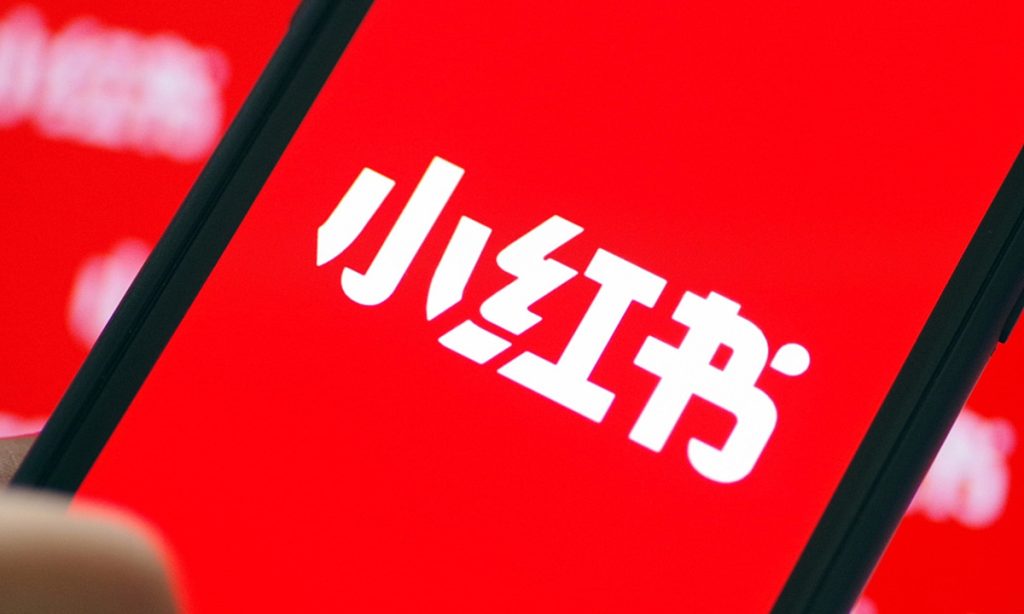Disruptive innovation – a buzzword that many organizations have strive to achieve in this day and age, but what does it actually mean and why do organizations place copious amounts of emphasis on it?
The term, coined by Clayton Christensen, describes a process of developing new products or services to replace existing technologies and gain a competitive advantage in the market.
Disruptive innovations are often produced by startups rather than existing market leading companies due to the profitable nature of these revenue-generating companies, whereas digital innovations are oftentimes a huge risk and are mostly not profitable in the initial stages.
However, Media Prima realizes that digital technology continues to evolve rapidly and capturing users’ attention on traditional media is not as easy as it used to be.
Users are now looking for content on digital platforms and they have to pivot from their traditional business model to one that is disruptive to continue their legacy as the market leader in the media industry in Malaysia.
This led to the birth of Media Prima Labs, an incubator within Media Prima Digital that supports the development of content in the digital sphere.
With the abundance of intellectual properties (IPs) owned by Media Prima, it only made sense for them to look into other avenues to reach out to their users, who are now more digitally savvy.
Make hay while the sun shines
With the introduction of cheaper mobile devices in the market and a reduction in mobile internet prices in Malaysia, mobile penetration is growing promptly and users are relying mostly on their smartphone these days.
According to the Malaysian Communication and Multimedia Commission, mobile cellular penetration in Malaysia has reached an astounding 131.8% while smartphone penetration was at 70% in 2017.
This impressive statistics made them even more confident to invest significantly in the mobile sphere and Media Prima Labs was tasked to further extend the Group’s unique Intellectual Properties (IP) into the expanse of technology innovation and gaming, an area that other media companies has not ventured into at that point of time.
Media Prima Labs started by experimenting with one of the group’s oldest running IP – Jalan Jalan Cari Makan (JJCM).
Malaysians are generally motivated by food and the question of where to eat hence converting the content of JJCM into a walking food directory where users can look for halal mouth-watering food nearby made a lot of sense.
There are other food directory apps in the market; however, Media Prima Labs were looking to fill the gap for individuals looking for halal cuisine.
JJCM has established a strong brand name in Malaysian households and has become an integral reference point for foodies.
Unsurprisingly, the Jalan Jalan Cari Makan mobile app was a hit with their viewers and recorded 65,000 downloads in merely 3 months and also ranked first under the ‘Food and Drink’ category on the Apple App Store.

Since there is a large population of Muslims in Malaysia, Media Prima Labs wanted to continue to tap into this market and as such, incubated two religious apps – Waktu Solat and Raudhah.
The high engagement rate on both these apps was a proof of success. Waktu Solat recorded an average monthly active users (MAUs) of 1.5 million and Raudhah achieved an average MAUs of 62,000.
The monthly average time spent for Waktu Solat and Raudhah is 165s and 371s respectively.
To further benefit the users, they also partnered with Tripfez, a Muslim-friendly travel company to offer special Umrah packages in the Raudhah app.
With the success of these lifestyle mobile apps, Media Prima Labs hopes this would have a snowball effect on mobile games as well, and as such, partnered with the Malaysian Digital Economy Corporation (MDEC) to kick start this vertical by organizing their very first hackathon.
MDEC’s expertise in this area allowed Media Prima Labs to reach out to the best talents in the mobile game development industry and these developers were put together for 36 hours to conceptualise a mobile game for a new animation IP from TV3 – Ejen Ali.
On top of the prize money, winners of this hackathon were given an additional sum of investment to further develop the game within a given timeframe.

This hackathon marked the start of Media Prima Labs’ involvement in the mobile game industry, especially with the introduction of the two Ejen Ali mobile games.
Ejen Ali M.A.T.A. Training Academy targeted kids between the ages of 5-12 years old and is a simple tap game whereas Ejen Ali Emergency targeted younger adults with its multi-level action and puzzle-based genre.
The overwhelming number of downloads from when the games were first launched in 2016 were encouraging, but the icing of the cake is winning a total of 12 awards for both apps including being voted as the winner for the Audience Choice Award.
To date, both games have garnered more than 3.5 million downloads.
Media Prima Labs recent success is another game title name Mak Cun’s Adventure – a time management game featuring local cuisine and a character that is well known for her entrepreneurial spirit.
This mobile game garnered 100,000 downloads organically in the first 7 days of launch and was recently featured on the Apple App Store as the ‘Game of the Day’.

Over the last two years, Media Prima Labs has incubated over 18 apps for the group in various categories – games, lifestyle, religion, food, and sports.
In essence, they have successfully disrupted the way 7.2 million users consume content and shifted the paradigm of content consumption from a single platform to a variety of platforms to better suit their audience.
Disrupting traditional advertisements
Media Prima also aims to disrupt the advertisement industry. Instead of relying solely on traditional media such as TV, Radio and Print Ad, the group is utilizing new ways to advertise via mobile apps and games to complement the other methods of advertising.
Humans generally dislike being targeted for advertisements; however, avenues such as mobile games allow advertisers to reach out to their audiences in a less intrusive manner.
One does not need to play hardcore games such as Counterstrike or League of Legends to be considered a gamer – in fact, almost every smartphone users would have at least one casual game installed in their phone (i.e. Candy Crush, Temple Run, casino-related games) and they can be categorized as casual gamers.
According to a report in 2017, an average gamer spends approximately 24 minutes per day playing games on their mobile devices and this is an opportunity for advertisers to tap into because this platform allows advertisers to reward gamers for watching their ads or interact with their product in the game.

Players can opt to watch ads to receive more coins, which can then be used to buy more in-app items without having to spend real world money.
Essentially, they are paying for these in-app items with their time.
These players are more likely to interact with the advertisements because psychologically, they were given the option to choose as to whether or not to watch these ads instead of being forced to watch them.
The act of rewarding players for watching an advertisement activates the reward system of the brain thus increasing the release of dopamine, which positively reinforces the behavior because it makes them feel good.
Overtime, players would keep watching more advertisements because the brain would associate that act with rewards and a pleasurable feeling, which is why it is an effective form of advertising.
Jumping on the bandwagon
Apart from embracing digital transformation, the group is currently investing heavily in the new global trend, eSports. eSports, a billion-dollar industry that has grown tremendously in recent years with many game publishers organising eSports events and new TV channels sprouting to broadcast these events live.
To non-gamers and the general public, this might not make sense at all – why are people watching other players play video games?
However, the concept is similar to that of people watching traditional sports matches like football.
According to Newzoo, there are 14 million gamers in Malaysia alone and they contribute US$586.7 million in game revenues.
Gone are the days when parents nag their kids to study hard for a better future.
These professional gamers are gaining their limelight on stage and making a fortune out from playing video games.
It may sound like an easy task, but these hardcore gamers invest countless of hours to train themselves and sharpen their skills to be the best players in the industry, similar to athletes who spend time to rigorously train before a big sports event.
Media Prima Labs wanted to be a part of this global trend and developed a local gaming site named MyGameOn to share reviews and news on the gaming scene.
Setting up this gaming website was just the first step towards venturing into this space.
After setting up the new gaming website, Media Prima took a step further by collaborating with Garena to run a few eSports events and promoted it during one of their biggest on-ground events this year – Gegaria Fest.
Not only were there a number of participants taking part in the competition, there were also a huge crowd spectating the games.

The overwhelming support from the public towards eSports only encouraged Media Prima to explore and do more in this area.
In line with Malaysia’s Youth and Sports Minister, Syed Saddiq’s plan to make Malaysia the eSports hub in Asia, Media Prima is looking to work closely with the government to further promote eSports to the youth.
MARKETING Magazine is not responsible for the content of external sites.









